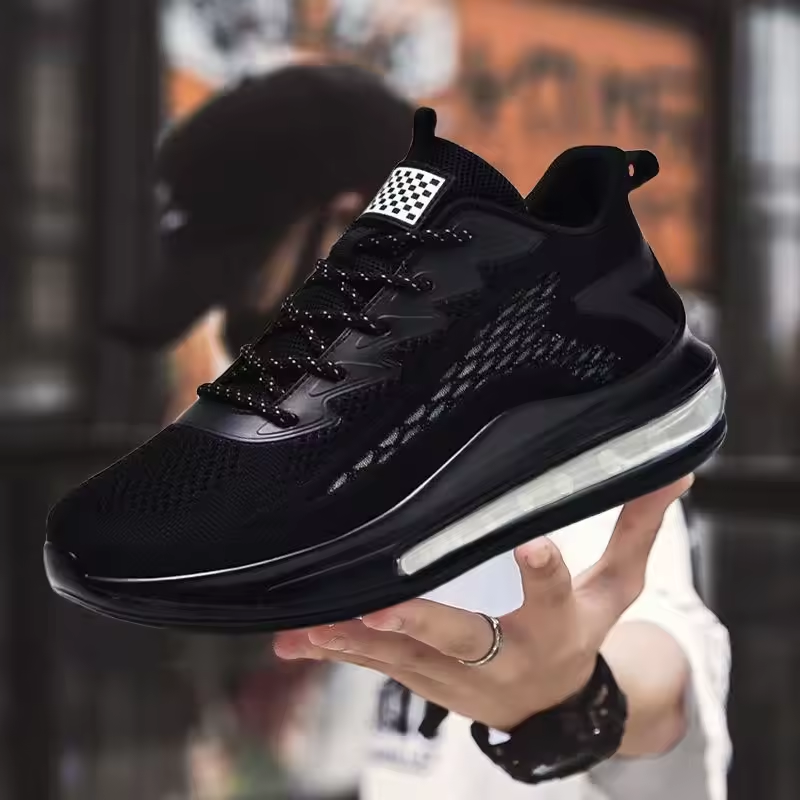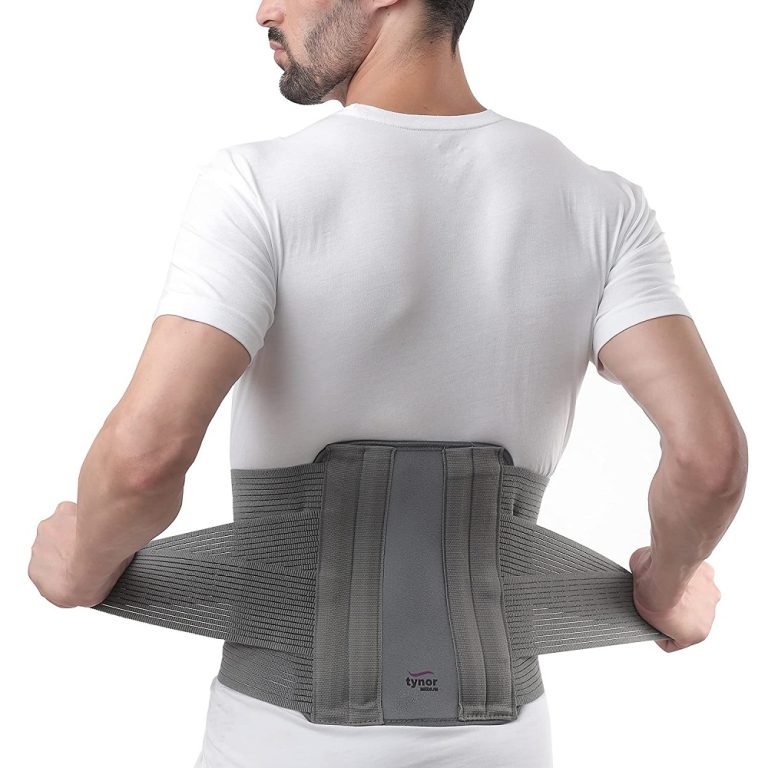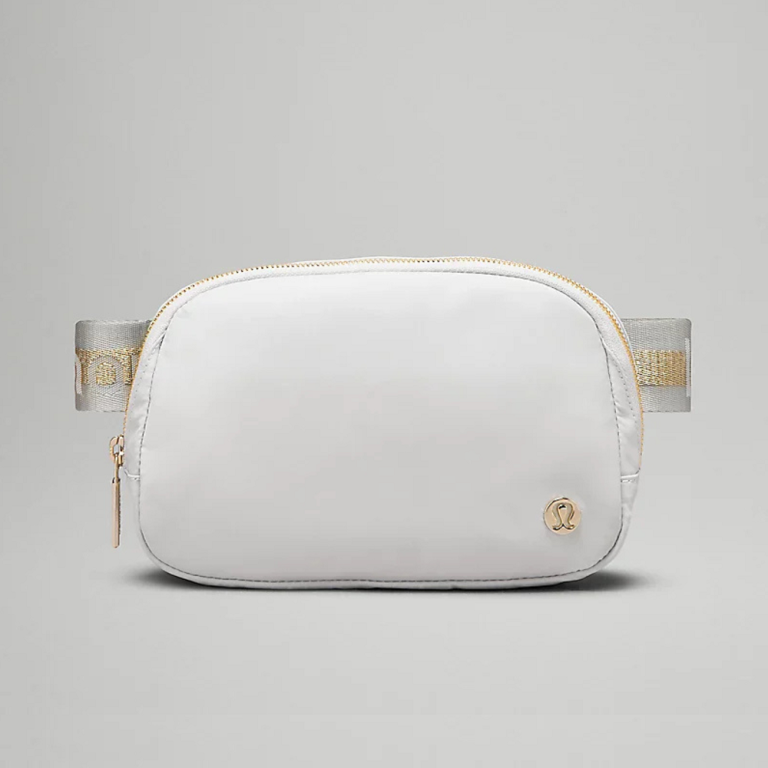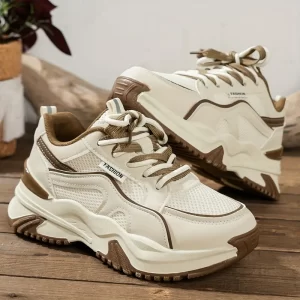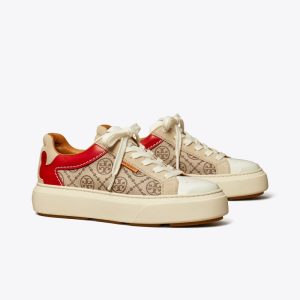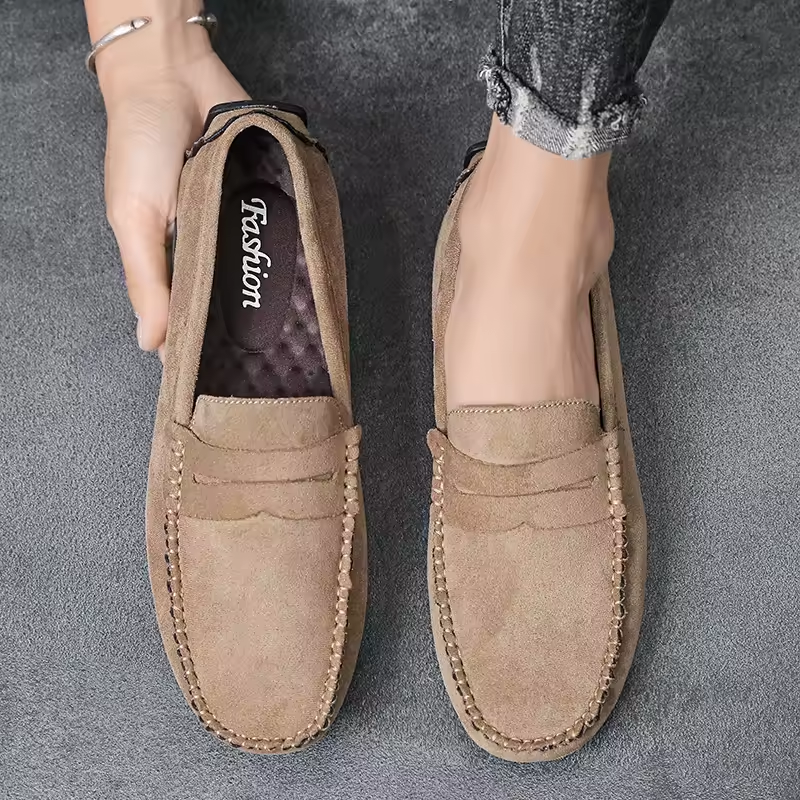Running during the winter months presents unique challenges, including cold temperatures, snow, and slippery surfaces. To maintain your running routine, it’s essential to invest in the right winter running shoes. These specialized shoes are designed to provide traction, warmth, and protection from the elements. In this article, we will explore the features of winter running shoes, the benefits of investing in a solid pair, how to choose the right shoes, and tips for winter running.
Understanding Winter Running Shoes
The Design and Features
Winter running shoes have several specific design features that set them apart from regular running shoes. One of the main features is the insulation used to keep your feet warm. Unlike summer running shoes which focus on breathability, winter shoes prioritize keeping heat in while preventing cold air from entering.
Another key aspect is the outsole. The outsole of winter running shoes often features aggressive tread patterns designed to provide better grip on slippery or uneven surfaces. This is crucial for maintaining traction on snow and ice. The shoes may also include materials that are resistant to water and moisture, helping to keep your feet dry. Those elements combined create a shoe that is ready for the rigors of winter running.
Additional Features for Comfort and Support
Beyond insulation and traction, winter running shoes often include supportive features to enhance comfort during long runs. Some shoes have padded collars and tongues for added comfort around the ankle area. A well-cushioned midsole can absorb impact during your run, helping to reduce fatigue over longer distances.
Furthermore, many winter running shoes have waterproof or water-resistant linings to keep feet dry. This feature is particularly beneficial for those running in slushy or rainy conditions. Additional features like reflective materials enhance visibility in low-light conditions, making it safer to run during the shorter daylight hours of winter.
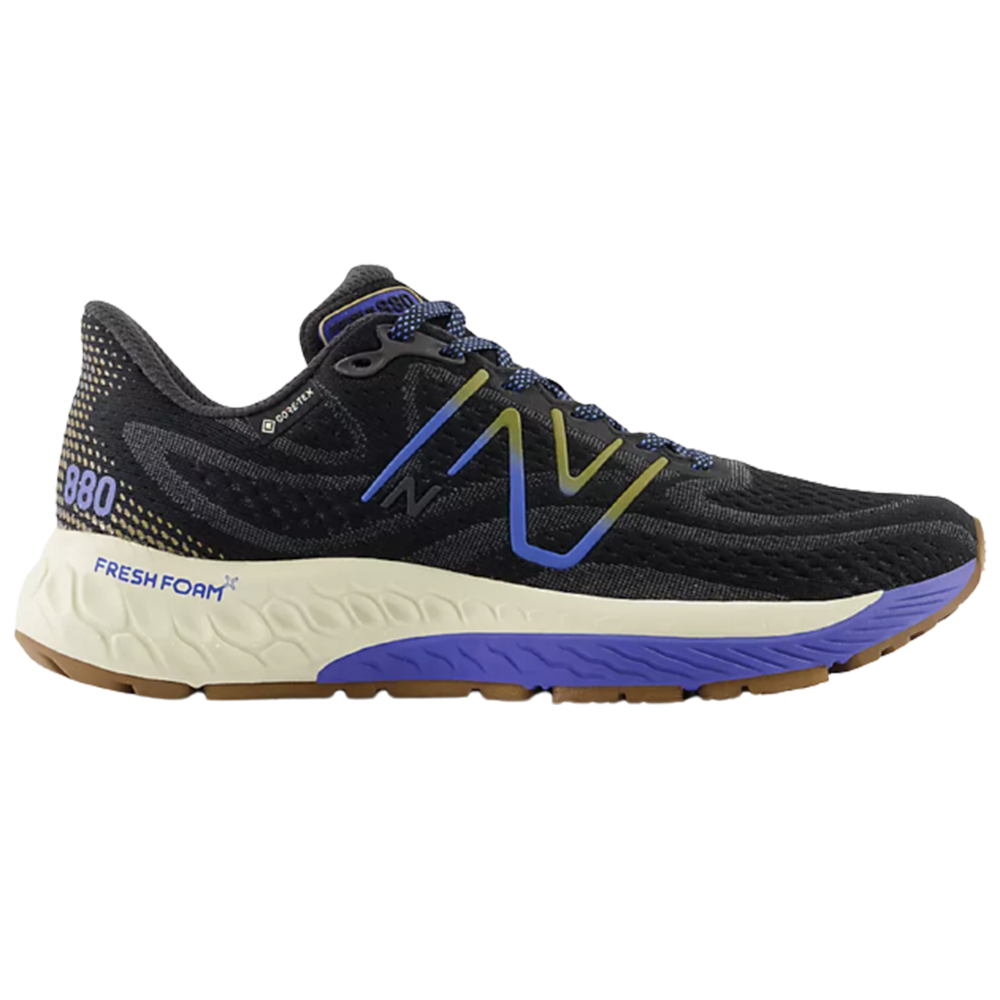
Benefits of Investing in Winter Shoes
Enhanced Performance in Cold Weather
Investing in a quality pair of winter running shoes can greatly enhance your performance during the colder months. Wearing shoes specifically designed for winter conditions allows runners to feel more confident in their footing. When you know your shoes can grip the surfaces well, you are less likely to worry about slipping or falling.
Moreover, winter running shoes are generally warmer than standard running shoes. This additional warmth helps prevent your toes from becoming numb or uncomfortable during chilly runs. Overall, wearing the right shoes can improve your running experience, making it easier to maintain your routine throughout the winter months.
Injury Prevention
In winter, the risk of injury can increase due to icy or slippery conditions. Having appropriate footwear is essential for minimizing this risk. Winter running shoes provide better traction which can help prevent falls and sprains. When runners wear shoes that enhance stability and grip, they are less likely to experience mishaps.
In addition to traction, winter running shoes often feature supportive elements. These features can help maintain proper foot alignment and reduce the risk of common running injuries. Investing in specific winter shoes shows a commitment to safety and well-being, allowing for a more enjoyable running experience.

Choosing the Right Winter Shoes
Assessing Your Running Style and Needs
When selecting winter running shoes, it’s essential to assess your running style and specific needs. Every runner is unique, so what works for one person may not be suitable for another. Take into account the type of terrain on which you typically run. If you frequently run on trails, consider shoes with aggressive tread patterns. If you stick to city streets, look for shoes that offer good grip on pavement.
Foot type and shape also play a significant role in choosing the right shoes. Those with flat feet may benefit from added arch support, while neutral runners may prefer a more balanced shoe. Understanding your foot type will help you select shoes that provide comfort and support tailored to your needs.
Testing for Fit and Comfort
When trying on winter running shoes, make sure to wear the same type of socks you would wear during your runs. Check for sufficient space in the toe box to allow your toes to wiggle comfortably. A snug fit is essential to prevent blisters, but there should also be enough room to accommodate foot swelling during longer runs.
Take the time to walk or run around the store to assess the shoes’ comfort. Some shops may even allow you to test the shoes on a treadmill to get a better feel. Prioritize comfort and fit over brand loyalty. This is the key to enjoying your winter running experience.
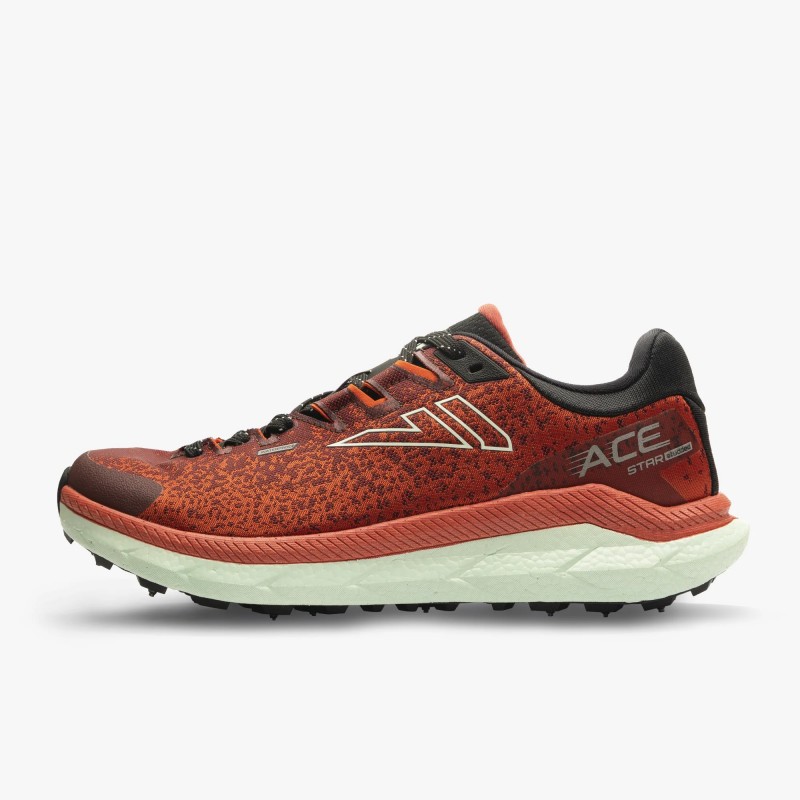
Proper Maintenance of Winter Shoes
Cleaning and Drying Techniques
To extend the life of your winter running shoes, it’s critical to perform regular maintenance. After running on snowy, salty, or muddy surfaces, be sure to clean the shoes. Remove laces and insoles, then gently wipe the shoes with a damp cloth to remove debris. If your shoes are particularly dirty, a soft brush can help dislodge any caked-on mud.
Drying shoes after exposure to moisture is just as important. Place your shoes in a well-ventilated area, away from direct heat sources. Stuffing them with newspaper can absorb excess moisture and help them retain their shape. Proper care will keep your shoes in excellent condition and extend their lifespan.
Checking for Wear and Tear
Keep an eye on the outsoles and overall structural integrity of your winter running shoes. Over time, the tread may wear down, compromising grip and traction. If you notice significant wear, it may be time to replace your shoes, even if they appear fine on the outside.
Inspect the cushioning and support elements as well. If you feel that the shoes no longer provide adequate comfort and protection, consider investing in a new pair. Taking care of your footwear ensures you remain injury-free and able to tackle your winter runs confidently.
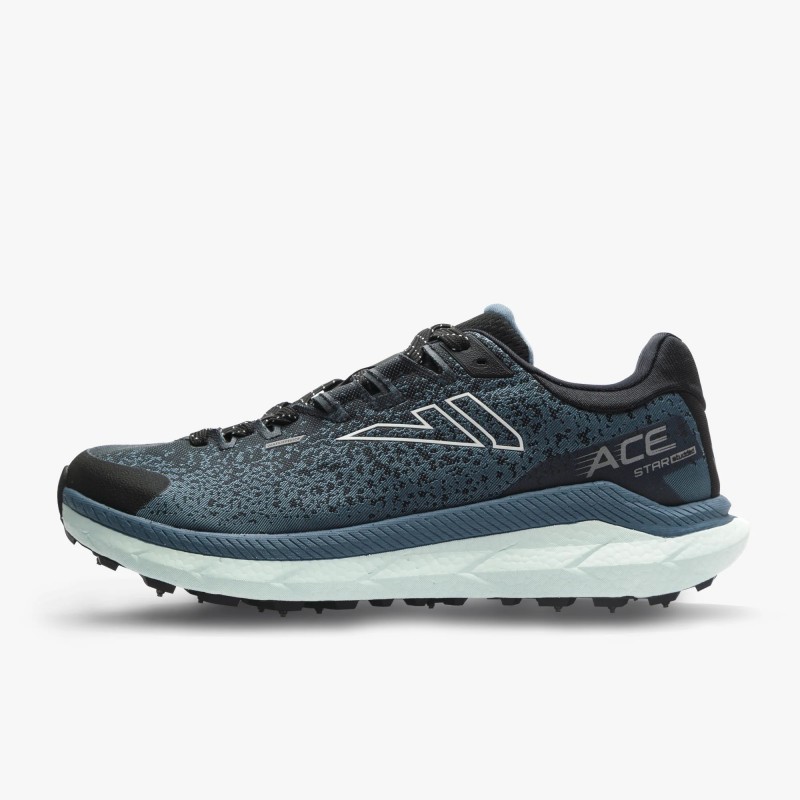
Tips for Winter Running
Dressing Appropriately
Dressing appropriately for winter runs is just as important as having the right footwear. Choose moisture-wicking base layers to keep sweat away from your skin. Layering is crucial to trap warmth while allowing for ventilation. A windproof jacket can protect against the elements, while hats and gloves keep extremities warm.
Being mindful of fabric materials is essential as well. Avoid cotton, which retains moisture. Instead, opt for synthetic or wool blends that provide insulation while allowing for breathability. The right clothing will enhance your winter running experience, making your time outdoors more enjoyable.
Choosing Optimal Times to Run
Timing is vital during the winter months. When possible, plan your runs during the warmest parts of the day. Late mornings or early afternoons often provide better temperatures and more sunlight. Additionally, daylight is typically longer during these hours, which increases safety and visibility.
Be cautious when running in the early morning or late evening, as darkness can hide hazardous surfaces. Consider running with a buddy or opting for well-lit routes to enhance safety. The right running schedule can make a significant difference in maintaining regular exercise during winter.
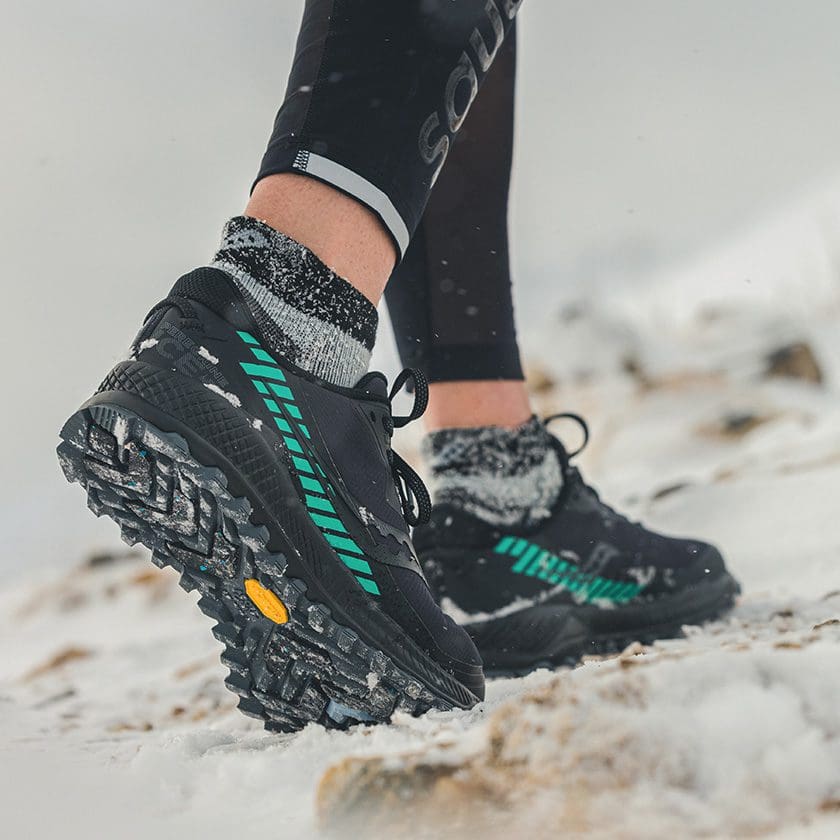
The Mental Aspect of Winter Running
Building Mental Resilience
Running in winter comes with its mental hurdles. Cold and inclement weather can make it challenging to motivate oneself, especially when staying indoors feels more appealing. Cultivating mental resilience is an important part of winter running, as it helps maintain consistency in training.
To build mental strength, set achievable goals and celebrate small victories. Focus on the positive aspects of winter running, such as the beautiful scenery of snow-covered landscapes or the social aspects of group runs. Keeping a journal of your progress and experiences can also serve as a motivational tool, reinforcing why you enjoy running.
Finding Community Support
Finding a supportive running community can greatly improve your winter running experience. Many running clubs organize winter training groups, creating opportunities for motivation and camaraderie. Having running partners can help hold each other accountable and provides an enjoyable social experience during colder months.
Utilizing social media to connect with local running groups or online communities can also provide inspiration. Participating in group runs or challenges makes winter running feel more like a shared journey rather than a solitary task. Embracing community support can lead to a more fulfilling and enjoyable winter running experience.
Embrace Winter Running with the Right Footwear
In conclusion, winter running shoes are essential for those aiming to continue their running routine during the colder months. By investing in the right footwear, you can enhance your performance and reduce the risk of injury. These specialized shoes provide warmth, traction, and support designed specifically for winter conditions.
Choosing the right winter running shoes involves understanding your needs, testing for fit, and maintaining them properly. Additionally, dressing appropriately and finding community support can make winter running more enjoyable. Each element contributes to a successful and rewarding running experience, even in challenging conditions.
So, don’t let winter deter you from your running goals. With the help of reliable winter running shoes, you can conquer the chill and keep moving forward. Embrace the beauty of winter running, and find joy in the journey ahead. By arming yourself with the right gear and the right mindset, you can create a positive and persistent running experience throughout the season.

